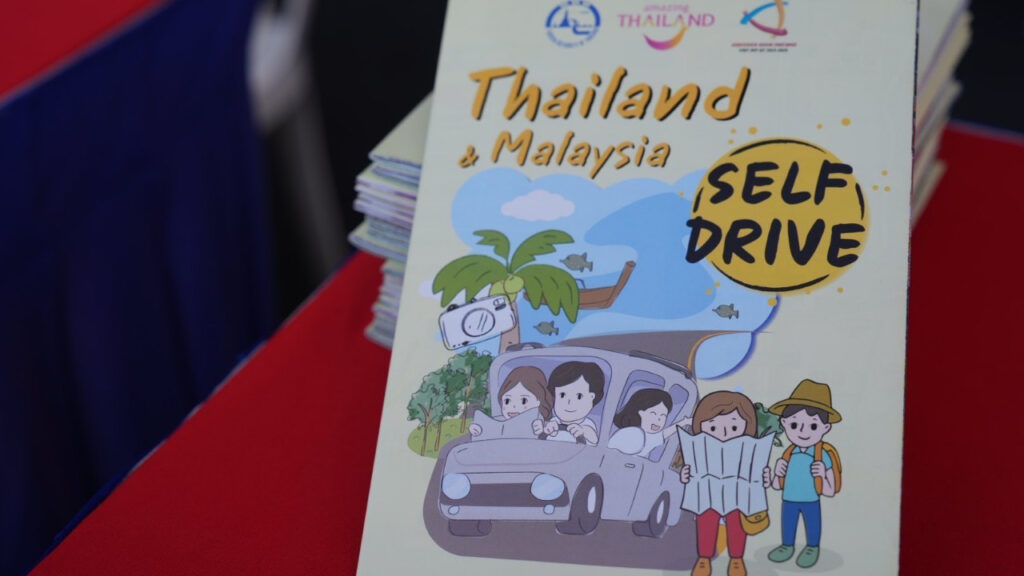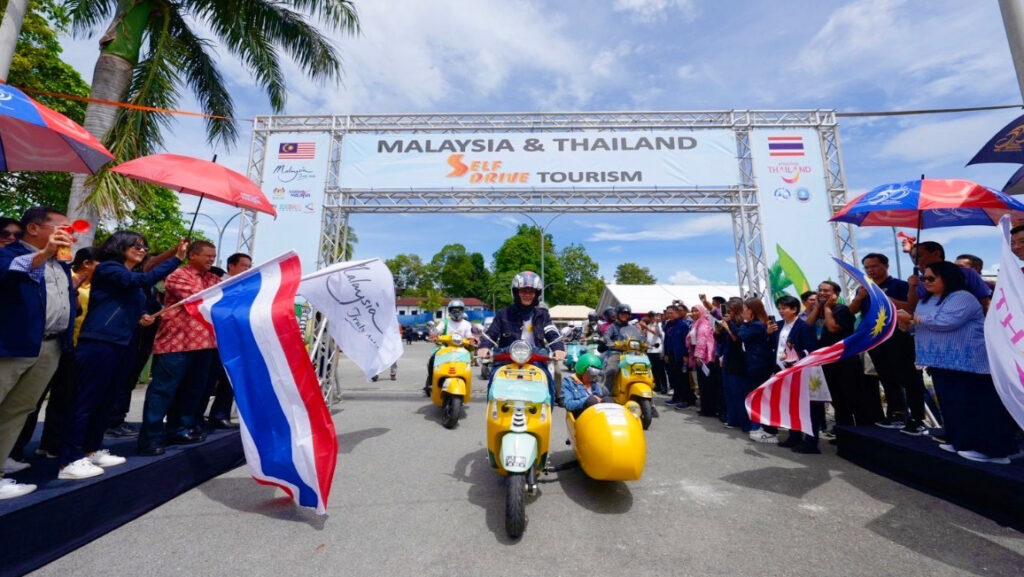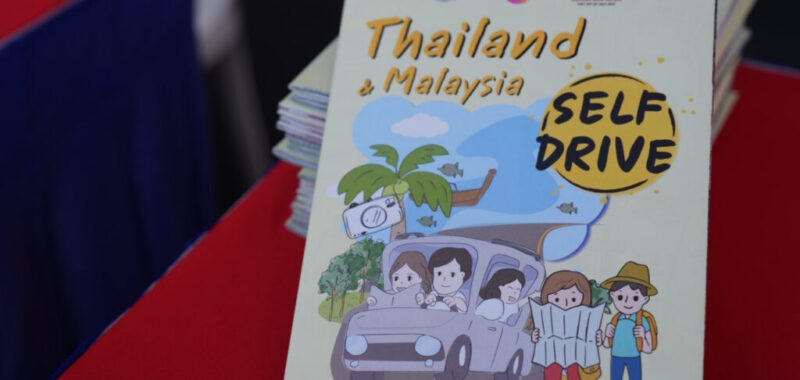Skift Take
While Thailand explores new tourism markets, it’s keeping a strong focus on its Southeast Asian neighbors — welcoming tourists not only by air but by road, too. This cross-border tourism promotion between Thailand and Malaysia reflects a larger ASEAN vision of seamless regional travel.
Malaysia may have moved from being Thailand’s top source market in 2023 to the number two position this year, but Malaysian arrivals to the country are set to surpass 2023’s tourism high of 4.4 million arrivals.
On Monday, Tourism Authority of Thailand (TAT) said it is planning to develop a route with Malaysia, especially focusing on cross-border visits and providing products and services, including hotels, shops, restaurants, and attractions that cater to travelers from Malaysia.
More than 4 million visitors from Malaysia traveled to Thailand between January 1 and October 23, 2024, according to data from Thailand tourism.
The country aims to attract a million more Malaysian tourists in the next two months taking this arrival tally to more than 5 million this year.
In 2024 alone, Thailand hopes to generate tourism revenue worth THB 3.5 trillion ($103 billion) while welcoming 36.7 million international tourists.
Between January 1 and October 6, 2024, Thailand received over 26 million international tourists generating THB 1.24 trillion ($37 billion) in revenue, as per the latest data from the tourism ministry. The top source markets included China, Malaysia, India, South Korea and Russia.
Self-Drive Tourism Launch
To boost connectivity, convenience, and celebrate cultural and natural offerings, Thailand and Malaysia have also launched new campaigns as well as travel routes.
One such initiative is a new Self-Drive Tourism Fun Map for cross-border tourists. The digital guide, complete with points of interest and local services along the route, aims to make self-driving easier for tourists to explore both countries at their own pace.

“Beyond the five border checkpoints, Thailand and Malaysia must leverage connections by air, land, water, and rail to enhance bilateral tourism and strengthen economic ties,” Pattaraanong Na Chiangmai, TAT’s deputy governor for international marketing – Asia and the South Pacific, said.
On Saturday, Thailand and Malaysia also officially launched the cross-border, self-drive tourism caravan between Sadao Checkpoint in Thailand and the Bukit Kayu Hitam Checkpoint in Malaysia.
According to TAT, 49% of Malaysian arrivals into Thailand are through the Sadao Checkpoint.

Promoting Regional Rail Travel
One of the most significant developments in the Thailand-Malaysia tourism relationship has been the expansion of train connectivity. This includes a rail link between Kuala Lumpur and Hat Yai in Songkhla, a joint effort between Thailand’s State Railway and Malaysia’s Keretapi Tanah Melayu Berhad.
With the KTM Electric Train Service running from KL Sentral to Padang Besar, Malaysia’s northern border, travelers can continue on to Hat Yai in Thailand’s Songkhla province. Thailand’s “My Sawasdee” charter train also offers travelers a festive option during long holidays, with TAT planning to expand its services in the future.
According to Chiangmai, TAT sees “mega-events and tailored tourism products” as key to encouraging Malaysian tourists to explore more than just Thailand’s southern regions. By improving rail and other transport connectivity, the two countries aim to boost tourism and make regional travel more accessible.
The Grand Invitation
Thailand and Malaysia have also been organizing festivals and events to promote cross-border tourism. The “Thailand’s Grand Invitation” campaign, scheduled for the peak tourism season, and the Loi Krathong Festival, from October 2024 through early 2025, look to draw Malaysian tourists looking for unique cultural experiences in Thailand’s southern provinces.
“We believe that working with Tourism Malaysia will strengthen our partnership and advance tourism in the region under various cooperation frameworks, including ASEAN (Southeast Asian nations) and the Indonesia-Malaysia-Thailand Growth Triangle,” Chinagmai said.

